Although disasters involving disease, aircraft crashes, earthquakes, oil spills, fires, explosions and maritime catastrophes are horrific, they also expose the weaknesses in the safety regulations. Disasters cannot be avoided altogether. However, their impact can be reduced by taking appropriate measures.
Some disasters in the history of humanity were so massive that they left an unmistakable mark on the legislative and administrative bodies. Here’s a list of 10 accidents that led to the introduction of new safety regulations.
10. Black Death
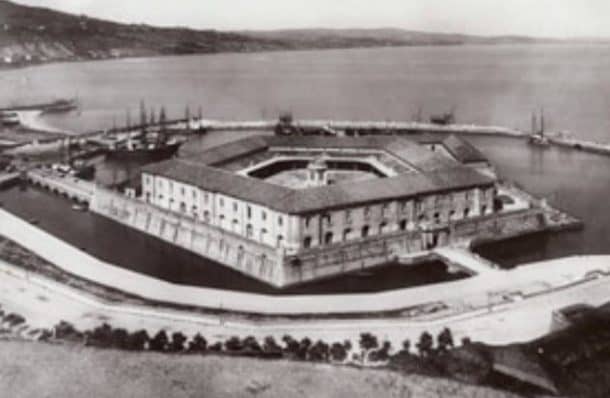
More than a dozen ships docked on Messina in Sicily in October 1347. Most of the sailors aboard the ships that had made their way through the Black Seas were dead. The others were dying, and their bodies were covered in boils. Although the ships were ordered to return, the disease spread and Europe lost more than 20 million people, one-third of its population, in less than five years.
Italy, therefore, introduced new safety laws for the ships. Venice banned all ships that were suspected of carrying the disease. All other ships were subjected to quarantine for 40 days. New laws were introduced for the burial of the dead in isolated graveyards. Restrictions were imposed on imports, exports and travel by Pistoia while Milan established a pest house outside the city for the infected.
9. Triangle Shirtwaist Factory Fire
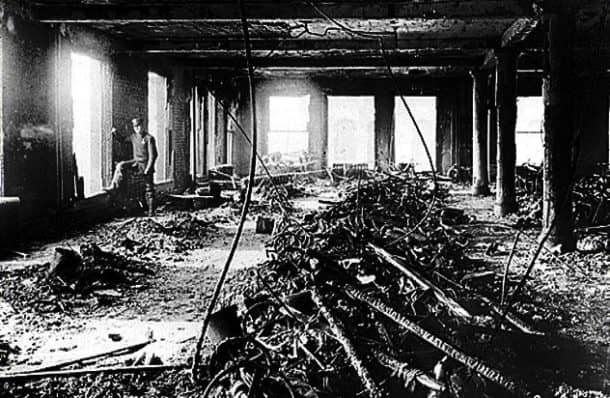
The worst factory fire of all times claimed 145 lives on March 25, 1911. The horrible deaths could have been prevented by complying with the laws.
The factory was located in Manhattan and was operated by teenage, immigrant girls who did not know English. The only means of getting out of the building was a narrow fire escape or an elevator that could hold 12 people. At the time of the fire, the doors were locked from the inside. The fire caused the elevator to collapse while one of the two stairways inside the factory was also closed. The door at the end of the other stairway opened inward, and, to save money, the builders decided not to install the sprinkler system.
As a result of the horrifying fire, Sullivan-Hoey Fire Prevention Law was passed that made the installation of fire sprinklers, unlocked doors, and outward-swinging doors mandatory.
8. The Sinking of Titanic
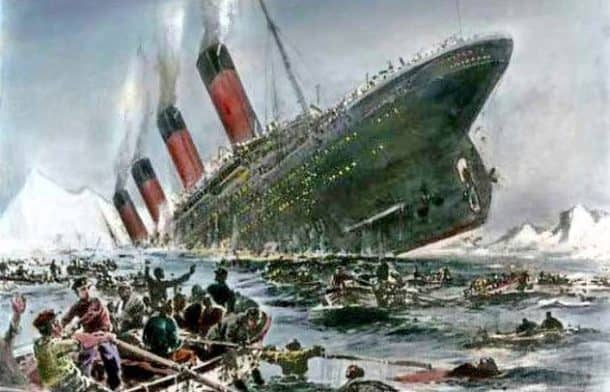
The ‘unsinkable’ ship went under after hitting an iceberg on April 15, 1912. Of the 2214 passengers aboard the Titanic, 1517 died at the sea. The steel ship had 16 watertight compartments, and the engineers believed it was unsinkable.
Later investigations revealed that the disaster could have been prevented if the captain of the Titanic had not ignored more than 20 warnings about the icebergs. The ship steamed ahead at full speed during the night when the visibility was quite low. There were too few lifeboats on the ship to accommodate all the passengers. Also, the SS California anchored just 25 miles away ignored the distress rockets sent up by the Titanic assuming the ship crew was only trying to register their presence, as was customary in those days.
After the Titanic incident, ice patrols in the North Atlantic Ocean became more regular. The ship crews were instructed to man the radios at all times, and lifeboats safety drills were made mandatory.
7. Spencer And Remsen Fires, Iowa
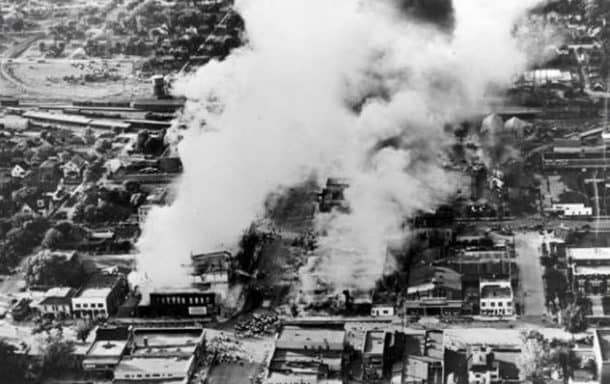
In 1931, a sparkler was dropped by someone into the fireworks display at a store in Spencer, Iowa. The fire burned more than 25 businesses to the ground in less than 25 minutes while another 50 were severely damaged. The fire consumed about 25 downtown blocks.
In 1936, the Remsen fire resulted in the destruction of a baseball field, two city blocks, residential neighbourhood, a garage, grain elevators, a lumber company, a hotel, a pharmacy, and a pool hall. More than 150 National Guard troops fought alongside firefighters from six different cities to keep the fiery monster at bay. The intense heat from the fire melted rail car wheels and resulted in losses equaling about USD 600,000, nearly $10 million today.
In 1938, Iowa banned fireworks and their sale in Iowa. Only novelty fireworks like snakes, cones, and sparklers are now allowed in the state.
6. Fire in the Hartford Hospital
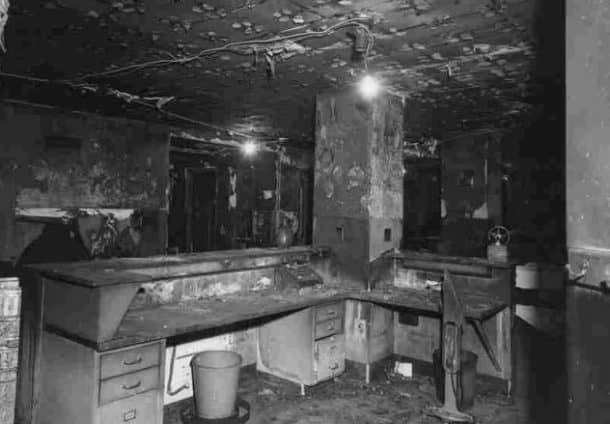
The Hartford Hospital caught fire on 8 December 1961, when someone threw a circuit into the trash chute that ran through 13 floors of the hospital building. The fire resulted in the death of sixteen patients including visitors, two staff member, a nurse, patients, and a resident doctor.
The hospital safety procedures were redefined following the horrific fire. Sprinklers in trash chutes were mandated. Fire repelling draperies were made necessary and the doors that could resist fire for one hour were to be installed. Smoking was limited at first and later was banned altogether, resulting in much safer hospitals today.
5. Farmington Mine Disaster
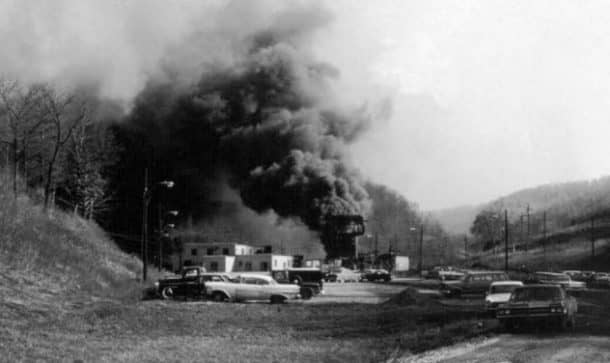
78 coal miners died in the explosions and resulting fires in the Consolidation Coal’s Farmington No. 9 Mine in 1968. Although the exact cause of the blast was never discovered, the investigations declared that inadequate methane testing, lack of ventilation, and high levels of coal dust inside the mines led to the disastrous accident.
Following the terrible explosions inside the Farmington’s mine, Coal Mine Safety and Health Act of 1969 was introduced. The law enforced monetary penalties as well as criminal punishments for the willful violation of the law. The MINER ACT was passed in 2006 after the Sago Mine incident that resulted in the loss of 14 lives. The law also authorises the government to shut down the mines that are ‘pattern’ violators.
4. Air Disasters in Nigeria
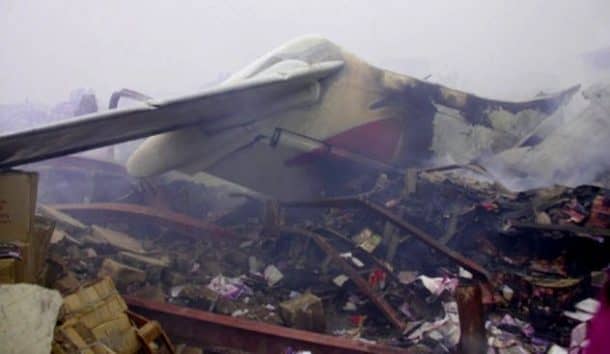
From the crash landing of the Nigerian Airways BAC VC10 resulting in the death of 87 passengers aboard it in 1969 to the crash of Nigerian Aviation Development Corporation Boeing 737 in 2006 with 104 people onboard, the list of air crashes in Nigeria is quite extensive.
The Nigerian president Olusegun Obasanjo blamed political interference and corruption for the fatal crashes and introduced new laws for improving safety inspections, penalising the offenders, redefining safety violations, improving pilot licensing, and empowering the Nigerian Civil Aviation Authority.
3. B.P. ‘Oil Spill.’
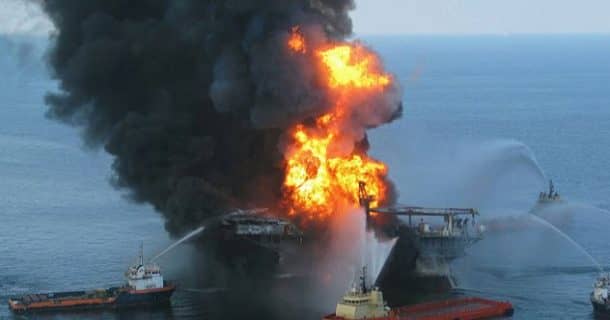
The explosion followed by the sinking of the Deepwater Horizon oil rig caused a leak in the undersea oil pipeline in 2010. The Gulf of Mexico oil spill is regarded the worst environmental disaster of all times that resulted in the loss of eleven lives and released more than 5 million barrels of oil into the sea. Corals, turtles, and other sea life was severely affected by the oil spill as the oil collected on the ocean floor, washed ashore, and formed oil slick on the surface of the water in the Gulf of Mexico.
The existing laws were redefined after the disaster and forced the oil companies to use a stronger blowout preventer to close an offshore well in case of a leakage in the pipeline. Use of enforced well casings and cement to ensure the protection of wells was also mandated.
2. Tainan Earthquake, Taiwan
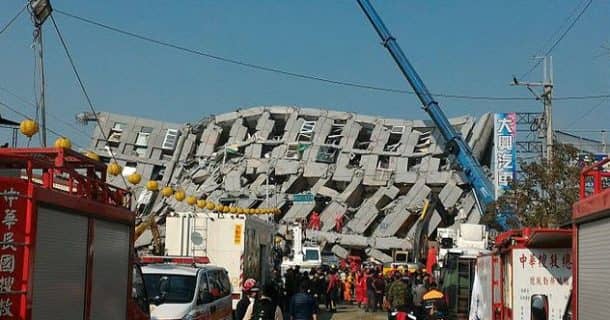
An earthquake of magnitude 6.4 hit Tainan in February 2016. Of the 117 people who lost their lives in the disaster, 115 died when the 16 storey Wei-Kuan apartment complex toppled over. The fall was attributed to shoddy construction practices like the use of tin cans and foam as filling in the concrete buildings.
New laws were introduced later that required the constructors to ensure the quality of the buildings. The government also introduced improved building inspections and subsidised remodelling of the houses to make them earthquake resistant.
1. Oil Train Disasters
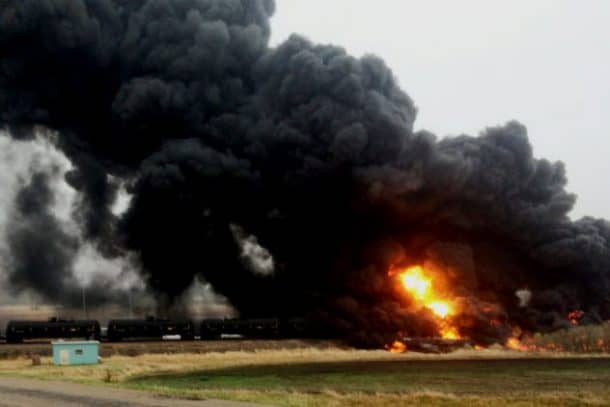
In North Dakota, an oil train went off track and ignited in 2015, resulting in mass evacuation from the towns in the vicinity. The oil train accident in July 2013 killed 47 people in Quebec. More than ten oil train accidents were reported during March 2013 to January 2014.
New regulations were jointly introduced by Canada and the US control the oil train disasters. A new braking standard has been introduced to limit the severity of the accident and to minimise the pile-up effect. New and improved oil train car standards have also been enforced.


